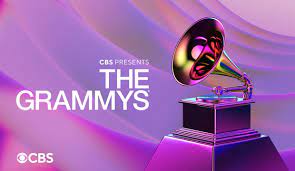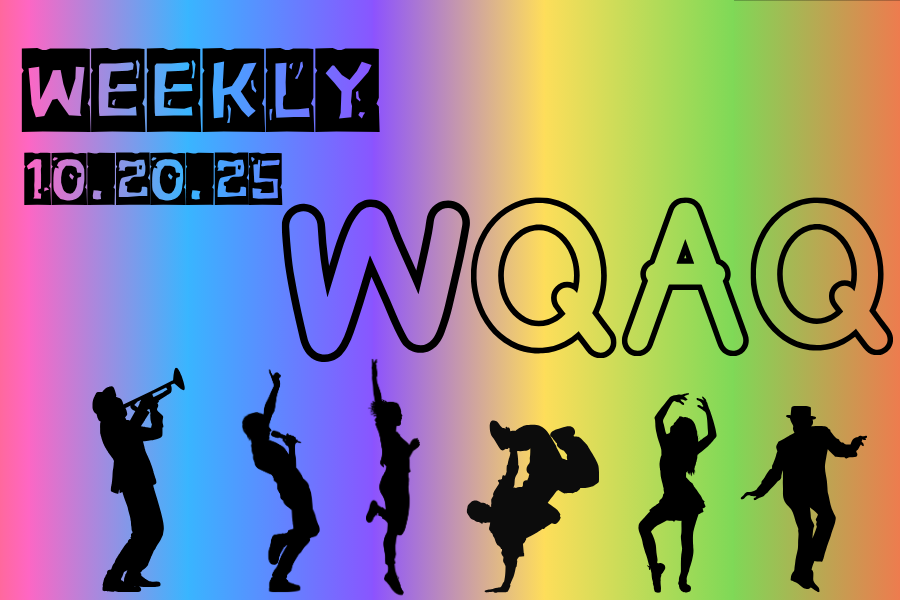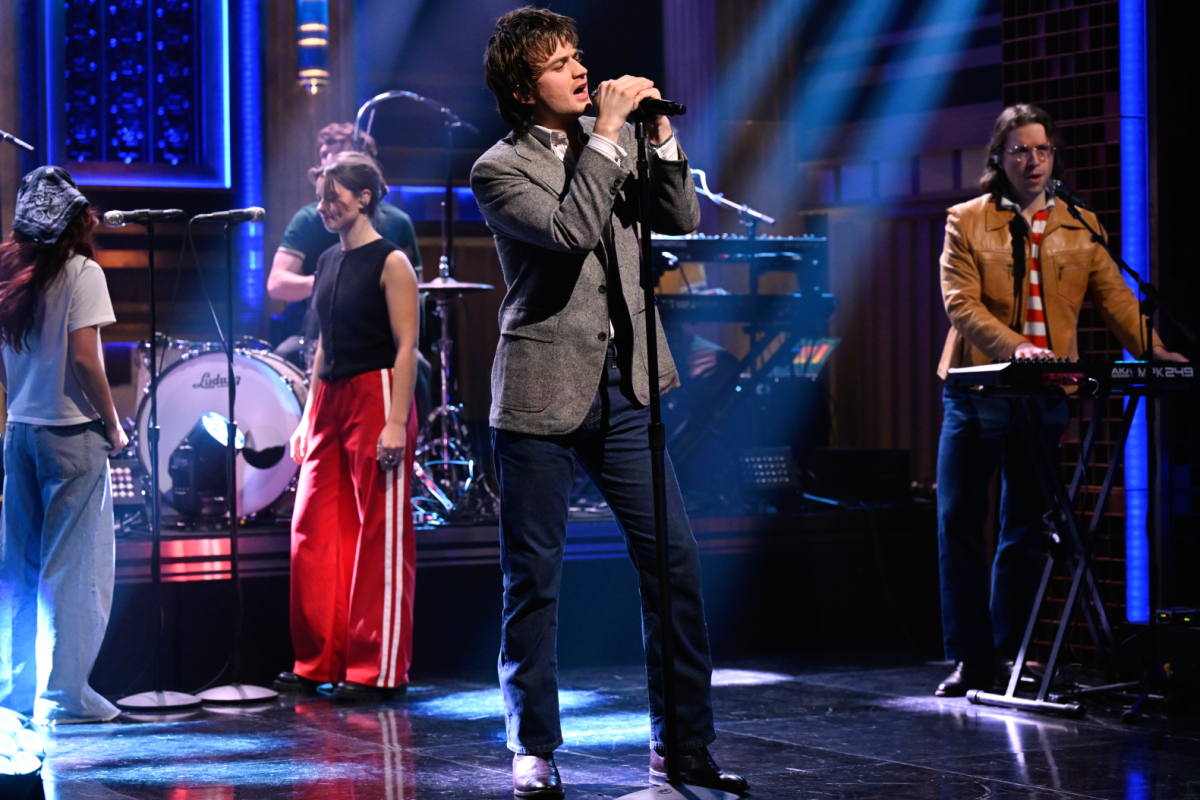The Grammy Awards, an annual award ceremony that celebrates the best of the music industry, has a history as rich and diverse as the melodies that they recognize. From its humble beginnings to becoming a global musical spectacle, the Grammys have evolved over the years into a glittering ode to the world’s most exceptional music.
Their story begins in the late 1950s, a time when rock ‘n’ roll was causing controversial shifts in the music landscape. The National Academy of Recording Arts and Sciences (NARAS) decided it was high time to honor the creative minds behind the music that was shaping a generation. Thus, in 1959, the first Grammy Awards took place in Los Angeles, honoring achievements in the music industry for the year 1958.
Picture this: an intimate gathering of industry insiders at the Beverly Hilton Hotel, with winners taking home trophies crafted in the image of a gramophone. These early Grammys were quite casual compared to the star-studded galas we know today. It wasn’t until the 1970s that the Grammy Awards transformed into the glittering spectacle we now associate with the event.
The ’70s brought with it an explosion of musical genres, from disco to punk rock. The Grammys adapted to the changing times, recognizing and celebrating the diversity of musical expression. It was during this era that iconic moments were born, such as David Bowie’s alter ego Ziggy Stardust winning Best Album for “The Rise and Fall of Ziggy Stardust and the Spiders from Mars” in 1975. The Grammys had officially become a platform for honoring boundary-pushing artists.
Fast forward to the 1980s, the era of big hair, neon lights, and the birth of MTV. The Grammys mirrored the visual extravagance of the times. Michael Jackson, the undisputed King of Pop, made history by winning a record-breaking eight Grammy Awards in a single night in 1984. His album “Thriller” became a cultural phenomenon, and the Grammys became a stage for global superstars.
As the ’90s dawned, the Grammys faced criticism for being too focused on commercial success rather than artistic merit. In response, the Recording Academy expanded the number of categories to include a broader range of musical styles, ensuring that the Grammys remained a fair and representative celebration of musical excellence. The ’90s also witnessed a surge in hip-hop’s influence, with groundbreaking artists like Lauryn Hill and OutKast claiming top honors.
The 21st century brought the Grammys into the digital age. The rise of the internet transformed the way music was created, consumed, and shared. The Recording Academy embraced the digital revolution, introducing categories like Best Dance/Electronic Album and acknowledging the impact of technological advancements on music production. In recent years, the Grammys have also become a platform for social and political statements. Artists use their acceptance speeches and performances to address issues ranging from racial inequality to gender representation in the music industry. The Grammys have evolved into more than just an awards show; they have become a reflection of the societal currents that shape our world.
As we look to the future, the Grammy Awards continue to evolve by embracing new sounds, technologies, and voices. The history of the Grammys is a testament to the ever-changing nature of music and the resilient spirit of an industry that thrives on innovation. So, as we eagerly await each year’s ceremony, we celebrate not just the winners and nominees but the diverse tapestry of musical expression that the Grammy Awards have woven over the decades for audiences alike.















